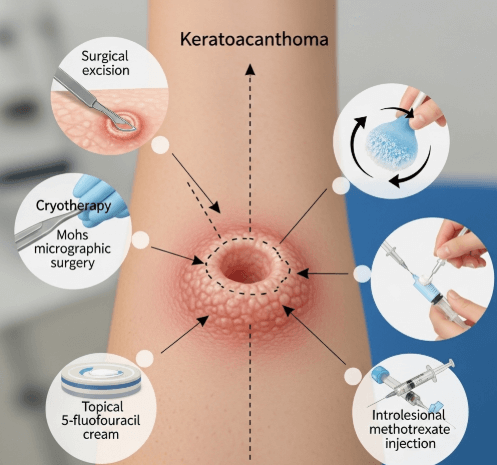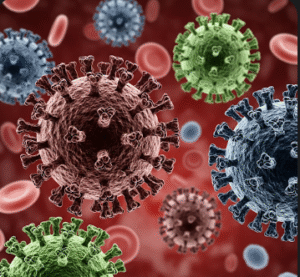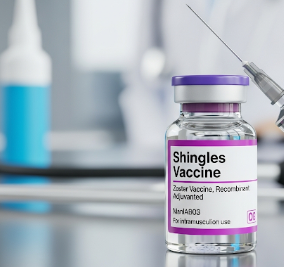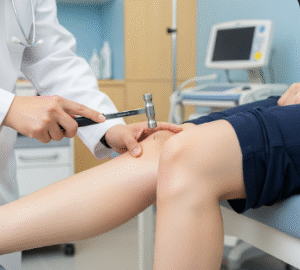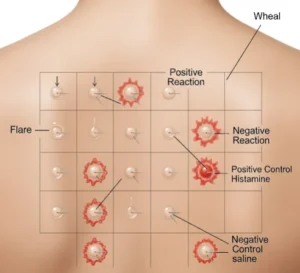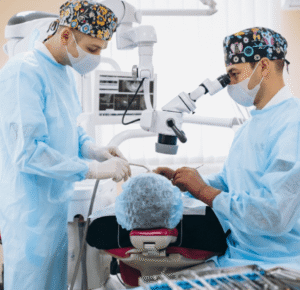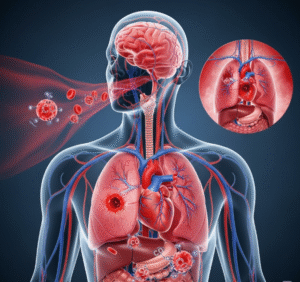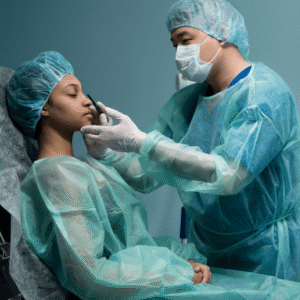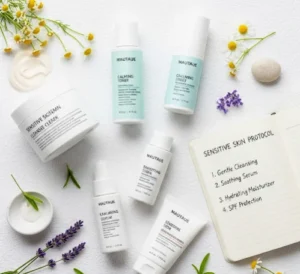What it is
Keratoacanthoma (KA) is a fast-growing, dome-shaped skin tumor that often develops on sun-exposed areas such as the face, neck, forearms, and hands. It typically presents as a round nodule with a central keratin-filled crater.
Although keratoacanthomas are generally benign, they closely resemble squamous cell carcinoma (SCC), a type of skin cancer. For this reason, many dermatologists treat KA as a low-grade skin cancer and recommend removal.
💡 In Korea, dermatologists and dermatologic surgeons focus on accurate diagnosis and safe, cosmetically refined treatment, especially since KAs often occur on visible areas of the skin.
Why it’s done
Treatment is essential because:
✔ KA may be hard to distinguish from squamous cell carcinoma.
✔ Even benign KA can cause disfigurement due to its rapid growth.
✔ Untreated KA may ulcerate, bleed, or become infected.
✔ Early treatment ensures both medical safety and cosmetic outcome.
✔ Patients gain peace of mind with biopsy-confirmed diagnosis.
Alternatives
If treatment is not immediately pursued, alternatives exist but are less common in Korea:
➡️ Observation – Some KAs regress on their own over 3–6 months, but risk of scarring and cancer confusion is high.
➡️ Topical therapies – Imiquimod, 5-fluorouracil creams, or retinoids, used for smaller lesions.
➡️ Intralesional injections – Methotrexate or corticosteroids, sometimes used to shrink KA.
➡️ Radiotherapy – Reserved for patients unable to undergo surgery.
⚠️ Most Korean dermatologists recommend definitive removal, since differentiating KA from SCC is critical.
Preparation
Before keratoacanthoma treatment in Korea:
- 🔹 Dermatology consultation → Clinical exam to evaluate lesion size, shape, and location.
- 🔹 Dermatoscopy & biopsy → Confirms diagnosis and rules out squamous cell carcinoma.
- 🔹 Medical history review → Checks for immune disorders, sun damage history, and healing tendencies.
- 🔹 Pre-care → Avoid irritating skincare; keep lesion clean.
How it’s Done
Treatment depends on the size, location, and pathology results:
1. Surgical Excision (Gold Standard)
- Entire lesion, including margins, is removed.
- Pathology confirms diagnosis.
- Fine suturing ensures minimal scarring.
- Most common treatment in Korea for definitive care.
2. Mohs Micrographic Surgery
- Performed for large or recurrent KA, especially on the face.
- Tissue examined layer by layer during surgery for precision.
- Minimizes tissue loss while ensuring full removal.
3. Non-Surgical Treatments (selected cases)
- Curettage & Electrodessication → Scraping out lesion + cauterization.
- Laser therapy (CO₂ laser) → Sometimes used for cosmetic zones, often with biopsy confirmation.
- Intralesional injections → Methotrexate or steroids, mainly for patients unfit for surgery.
- Topical chemotherapy creams → Used when surgery is not ideal.
⏳ Duration: 30–60 minutes depending on technique
📅 Sessions: Usually one, except for topical or injection-based therapies requiring repeats
Recovery
Recovery depends on the method:
➡️ Surgical excision → 1–2 weeks for stitches to heal; scar fades gradually.
➡️ Mohs surgery → Healing within 2 weeks; cosmetic outcome usually excellent.
➡️ Laser/injections → Redness and mild swelling for a few days.
➡️ Topicals → Ongoing redness and peeling over weeks.
Post-care in Korea includes:
- Scar-prevention gels or silicone sheets
- LED light therapy and soothing packs
- K-beauty scar creams (centella, snail mucin, peptides)
- Strict sun protection to prevent pigmentation
Complications
Keratoacanthoma treatment is safe, but risks include:
⚠ Possible side effects:
- Scarring (minimized with fine sutures and scar care)
- Pigmentation changes
- Recurrence if lesion not fully removed
- Rare complications from surgery (infection, bleeding)
Korean clinics minimize risks with expert dermatologic surgeons and advanced scar-prevention protocols.
Treatment Options in Korea
Korean dermatology centers are equipped with state-of-the-art technologies for KA management:
🇰🇷 Popular Korean Approaches:
- Surgical excision with pathology → Gold standard for accurate diagnosis and cure
- Mohs micrographic surgery → For high-risk or facial cases
- CO₂ laser vaporization → For small lesions with biopsy confirmation
- Intralesional methotrexate or steroids → For patients unsuitable for surgery
- Holistic scar care → LED therapy, brightening serums, and hydrocolloid patches
✅ Final Thoughts
Keratoacanthoma treatment in Korea combines medical precision with cosmetic expertise. Since KA often resembles squamous cell carcinoma, Korean dermatologists prioritize early biopsy and complete removal to ensure safety.
With surgical excellence, laser options, and comprehensive scar-prevention care, patients in Korea benefit from treatment that is both medically sound and cosmetically refined, restoring confidence along with peace of mind.

